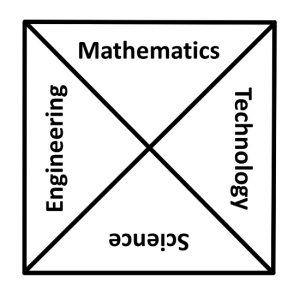 What is the best way to educate, to teach and learn? Ideally, students shouldn’t merely memorize facts and recall them on demand, although retaining well accepted knowledge is important. Certainly, students need mental structures to organize these facts, so that they form associated groups of categories and classification. Additionally, methods are needed for accepting and rejecting facts, and procedures for organizing facts, although facts may often be revisited for truth, or to reorganize them, and so on.
What is the best way to educate, to teach and learn? Ideally, students shouldn’t merely memorize facts and recall them on demand, although retaining well accepted knowledge is important. Certainly, students need mental structures to organize these facts, so that they form associated groups of categories and classification. Additionally, methods are needed for accepting and rejecting facts, and procedures for organizing facts, although facts may often be revisited for truth, or to reorganize them, and so on.
Benjamin Bloom et al. developed a taxonomy for educators of six mental aspects for the acquisition of knowledge, which was revised later into six cognitive actions or processes by L. Anderson, B. S. Krathwohl and others. These six actions form a sort of food pyramid for knowledge, so that lower actions form a broader base for higher ones. Both taxonomies sort a dimensional hierarchy of knowledge operated by these aspects or actions from concrete to abstract: Factual, Conceptual, Procedural, and Metacognitive (the last added when revised).
In the revised taxonomy, “Remember” is the lowest cognitive action, described by “remember facts and basic concepts,” which deals with the Factual and Conceptual. Above it is “Understand,” described by “explain ideas or concepts,” and I imagine an idea can be a fact. Next is a procedural action “Apply: use information in new situations,” and in fact all six actions are procedural by being actions. At the top of the pyramid is “Analyze,” “Evaluate,” and “Create”. The Metacognitive dimension (“thinking about thinking”) is for thinking about these six actions and these four dimensions, as to how they are related and differ.
These taxonomies are well considered and there are many resources to investigate.
Further Reading:
http://edtheory.blogspot.com/2016/03/knowledge-dimensions-factual-conceptual.html
https://www.celt.iastate.edu/teaching/effective-teaching-practices/revised-blooms-taxonomy/
https://www.goconqr.com/en/mindmap/12973371/four-types-of-knowledge
Anderson, L., Bloom, B. S., Krathwohl, D., & Airasian, P. (2000). Taxonomy for learning, teaching and assessing: A revision of Bloom’s Taxonomy of Educational Objectives (2nd ed.). New York: Allyn & Bacon, Inc.
Anderson, L. W., Krathwohl, D. R., Airasian, P. W., Cruikshank, K. A., Mayer, R. E., Pin- trich, P. R., … & Wittrock, M. C. (2001). A taxonomy for learning, teaching, and assessing: A revision of Bloom’s taxonomy of educational objectives, abridged edition. White Plains, NY: Longman.
https://en.wikipedia.org/wiki/Metacognition
https://en.wikipedia.org/wiki/Concept
https://plato.stanford.edu/entries/concepts/
https://en.wikipedia.org/wiki/Cognition
https://plato.stanford.edu/entries/innateness-cognition/
[*12.84]
<>






